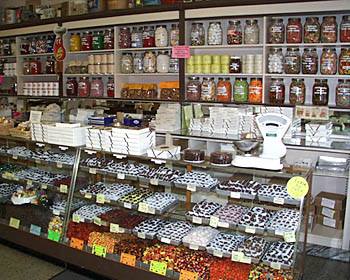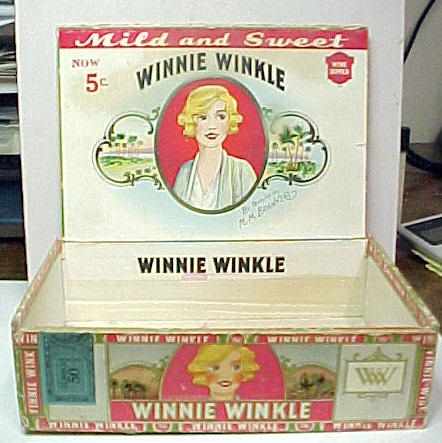.jpg)
When I heard the tape of Aunt Lil, it reminded me of the time I first met her. When your mother and I were married (Sept. 3, 1949), she came to attend and stayed at the Taylor homestead in Waterloo. We had our reception there and the day before, I went up there to cut the grass.
Just for background, a few nights before, we were out with friends and someone told this joke: A guy and his wife- let's call them Sam and Sue, had just bought a house on a very large lot and they were very proud of it. So they invited a friend-let's call him Chuck, over to visit. As they were looking at the property, Sam said the large expanse of grass was a problem as it took him six hours to cut it. Chuck immediately said, “You must be getting old Sam, I could cut it in three hours. In fact I’ll bet you $100 I can.”
Sam knew that was a lot of money to bet but he said, “You’re on!” So they each put up the money and Sam brought out a hand mower and told his friend to go to it. After about an hour of mowing, Sam could see his friend was doing so well it looked like he was going win the bet so he had to figure out some way to slow him down. His solution was to make up a large container of lemonade and lace it with Exlax.
He then walked out on the porch and yelled to Chuck. “It’s hot out there, Chuck. Take a ten minute break and come in and have a glass of lemonade.” So Chuck came to the porch, downed two quick glasses of lemonade and went right back to mowing. After two hours had gone by, Sam checked on Chuck’s progress and found that he was almost finished with the lawn. It was evident he was going to lose the bet with him. He had to slow him down somehow.
So he asked Sue to help him. He told her to put on a real slinky dress and walk out on the porch and distract Chuck. So Sue did as Sam said and pranced out onto the porch and in a very sexy voice said, “Here I come a tipping and a toeing.” Chuck took one look at her and without slowing down said, “Here I go a sh♯$$en and a mowen.”
So, as I was mowing the grass (with a hand mower, I should add), Aunt Lil was sitting on the front porch watching me mow and enjoying the sun. Just as I was making a pass near the porch, your Mom came out of the house and seeing me pushing the mower, went into a mincing walk routine and said, “Here I come, a tipping and a toeing.” I pushed the mower at a fast pace and said, “Here I go—" At that, Aunt Lil burst into a loud laugh.
I remember thinking, Aunt Lil is ancient (she wasn’t sixty yet). It can’t be she laughed because she knew the joke. No one that old hears jokes like that. Later on she told your mother she had heard the joke at her store just a few days before.
I haven’t thought about that joke in decades but last week your mother and I went to visit Uncle Harold. As we walked in his back door he came out of the kitchen to meet us. For no reason that I was conscious of I blurted out, “Here I come a tipping and a toeing.” Quick as a wink, Harold replied, “Here I go a sh#$$en and a mowen.” At that very moment I could swear I heard a soft laugh that sounded just like Aunt Lil’s.




